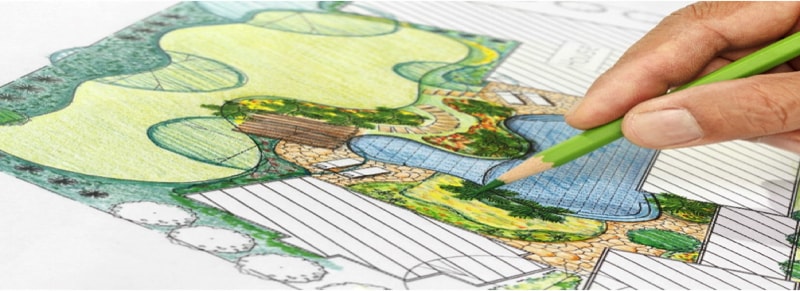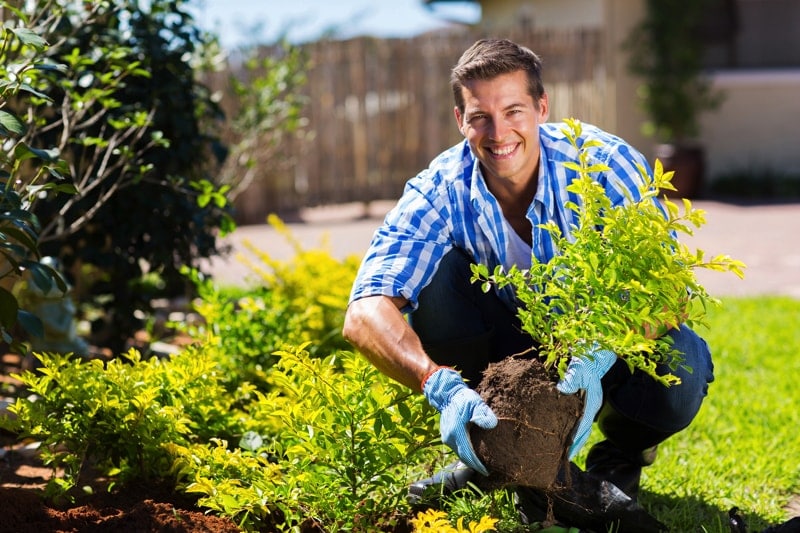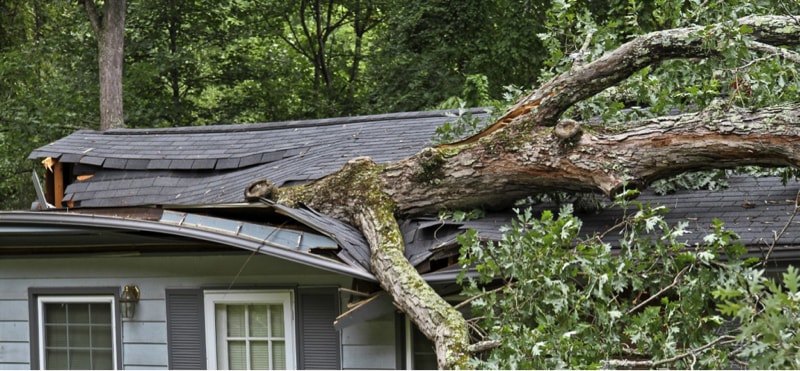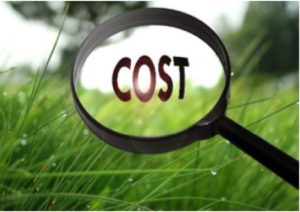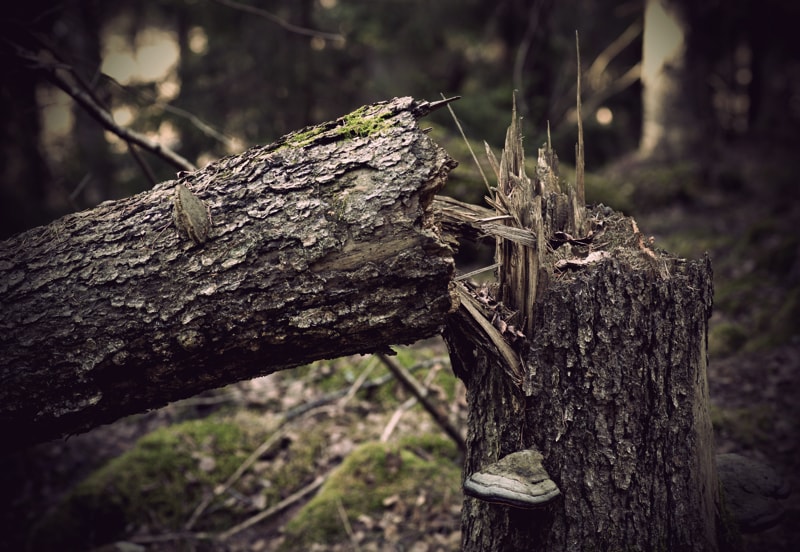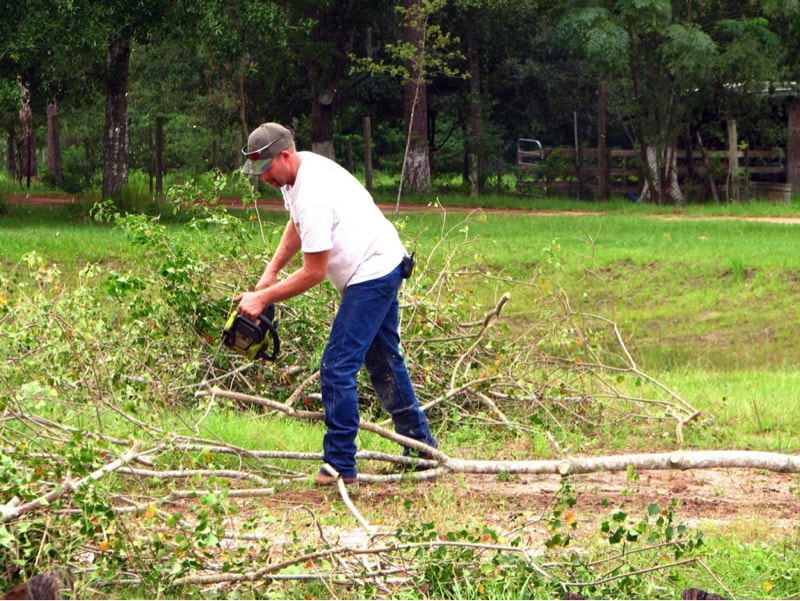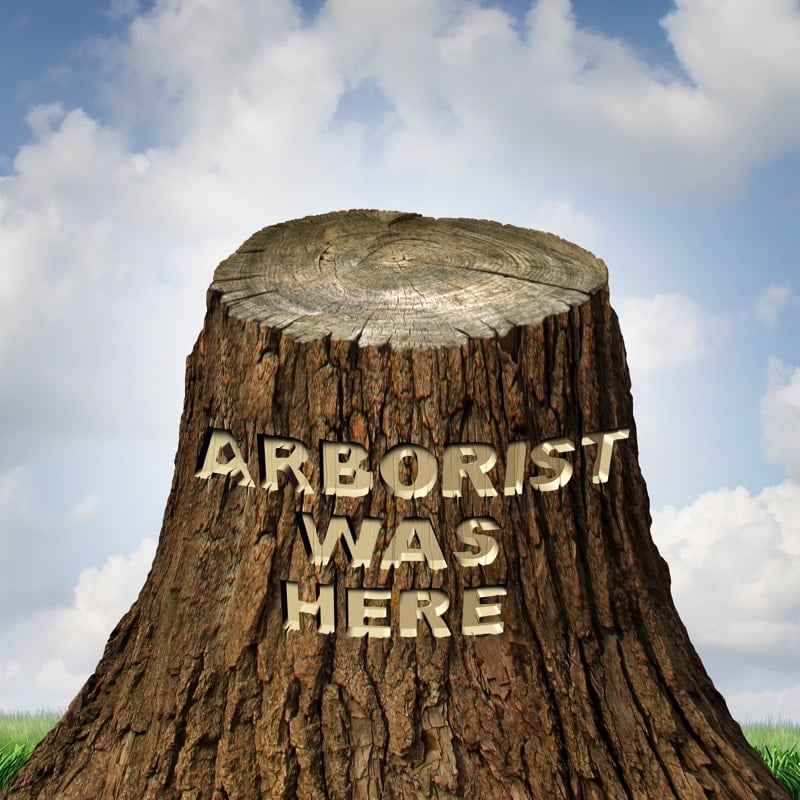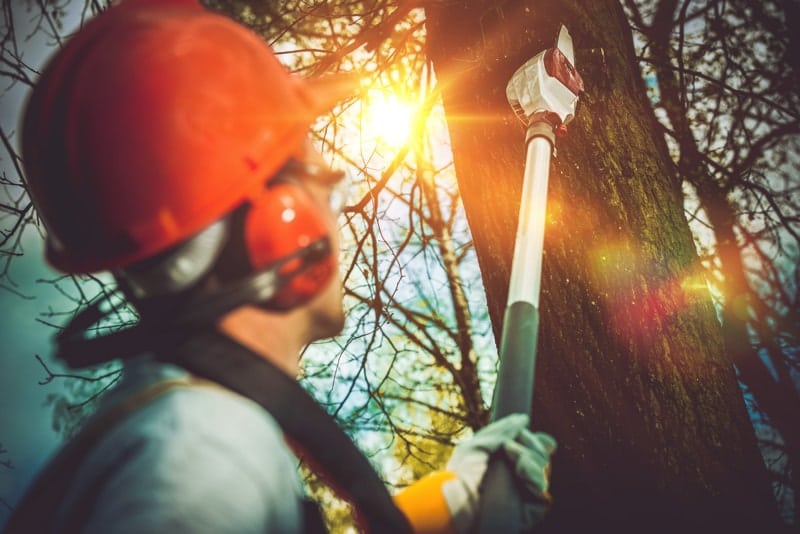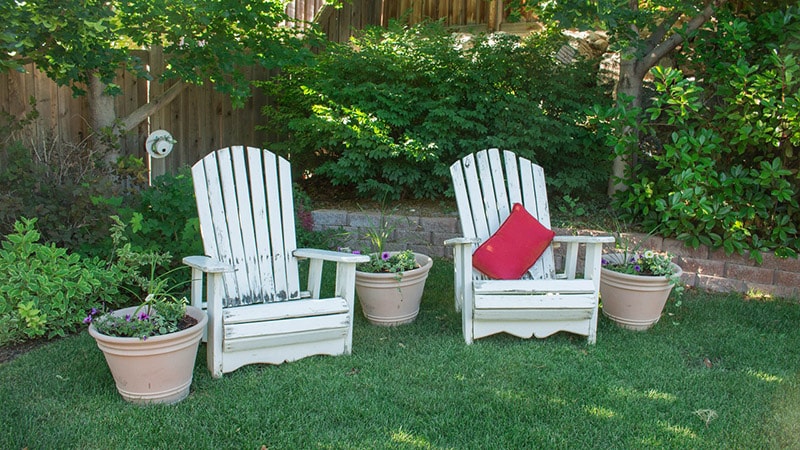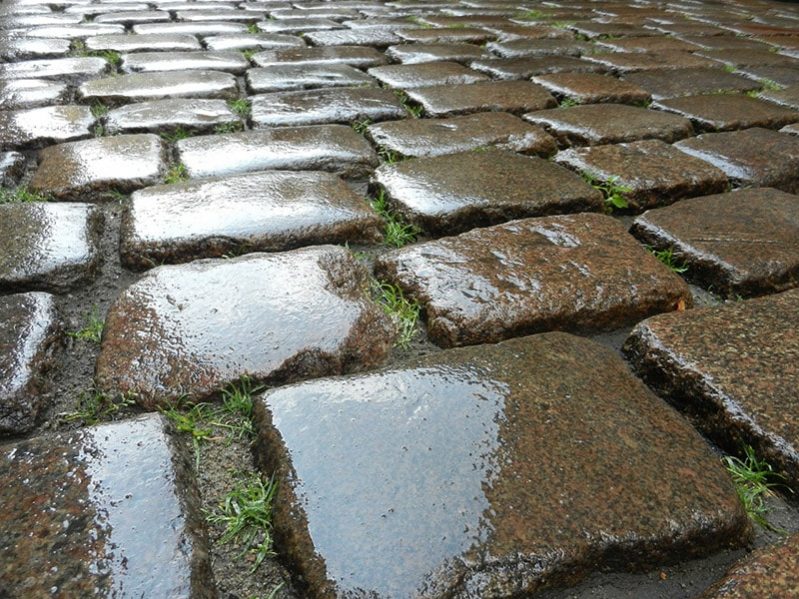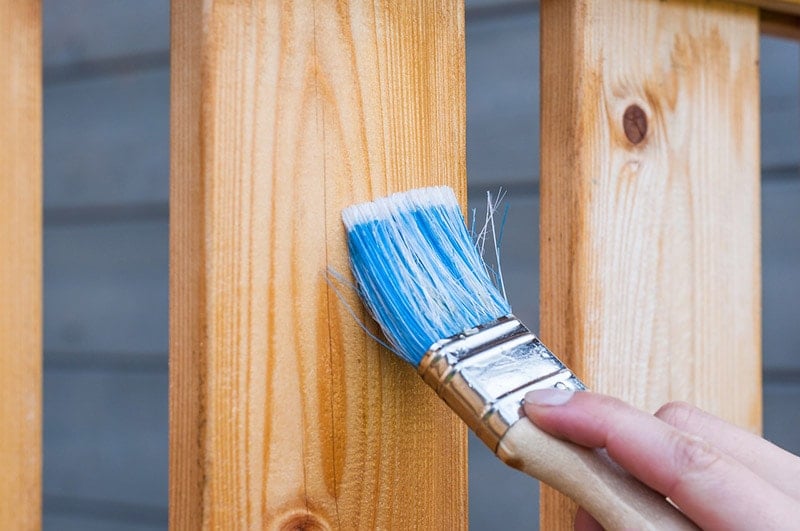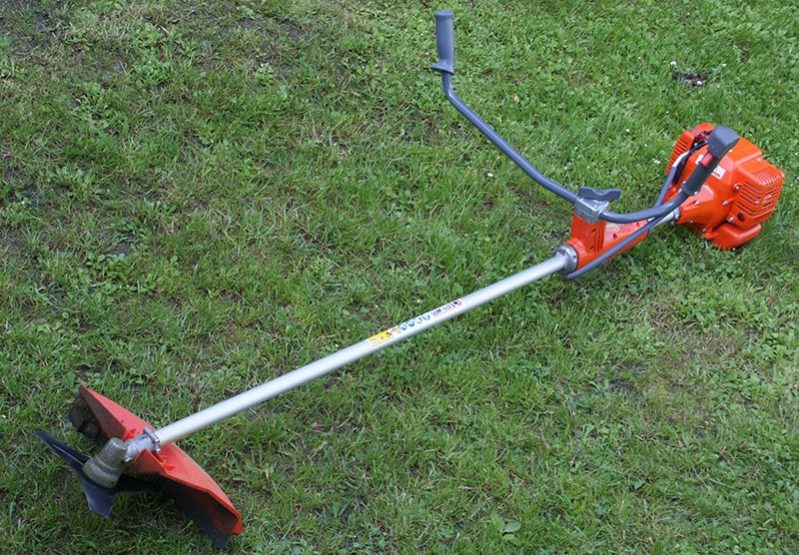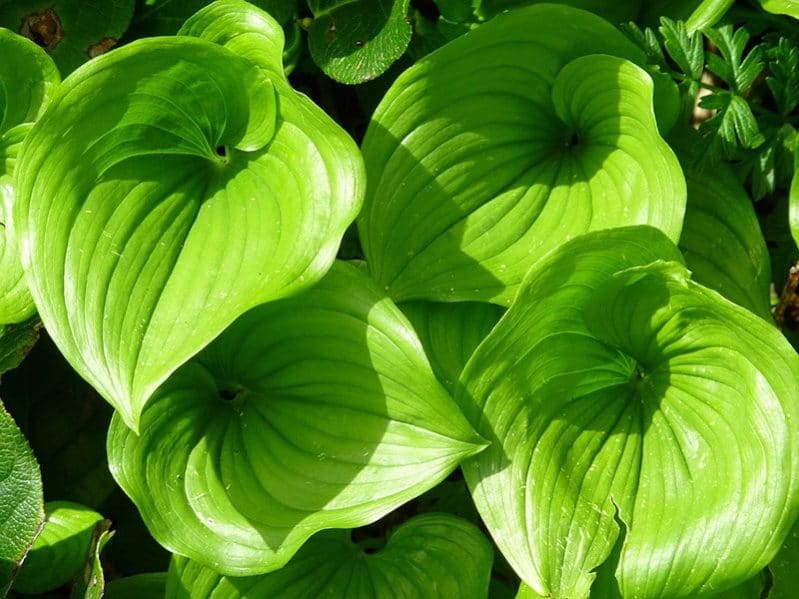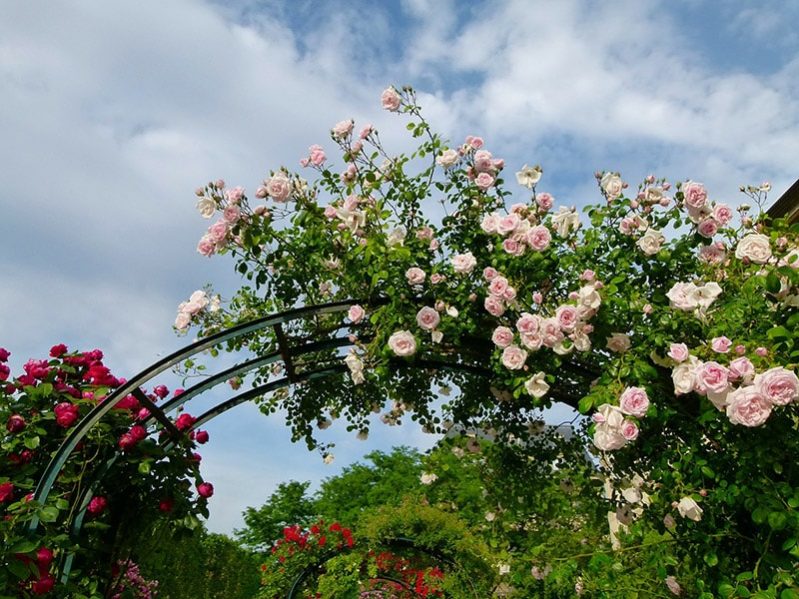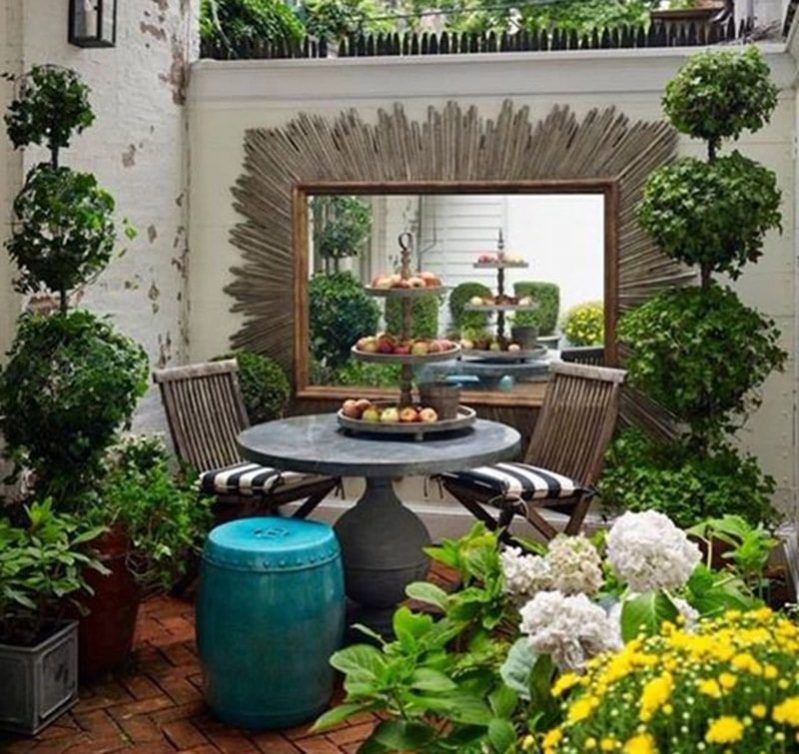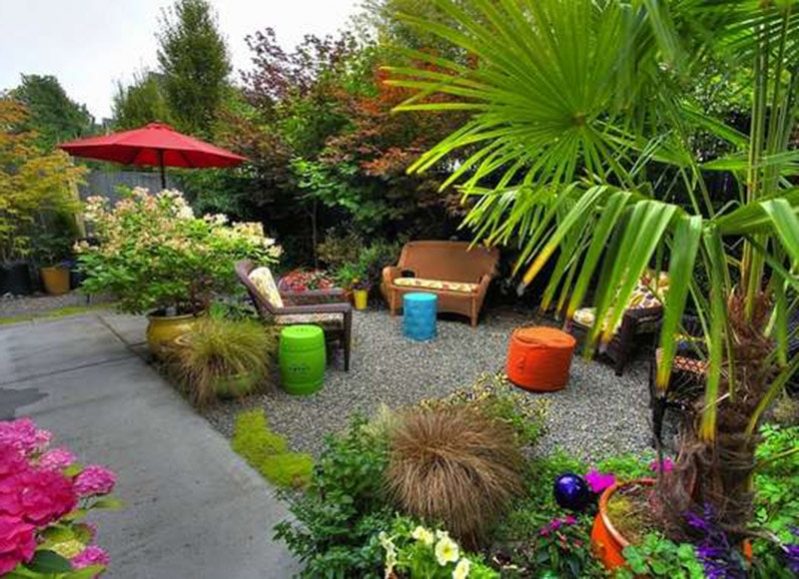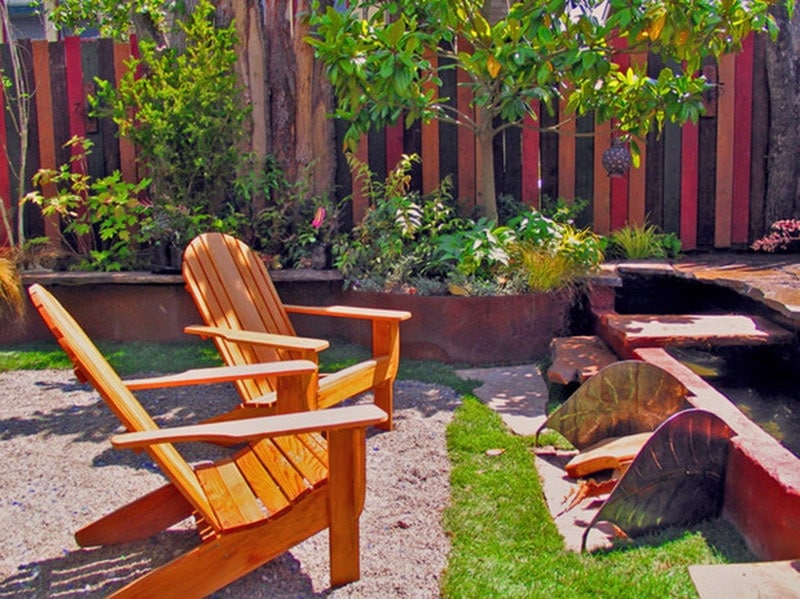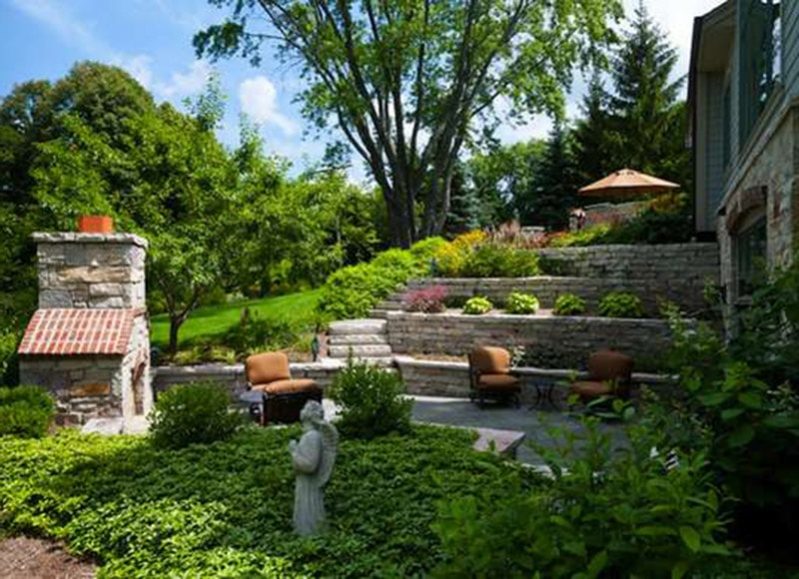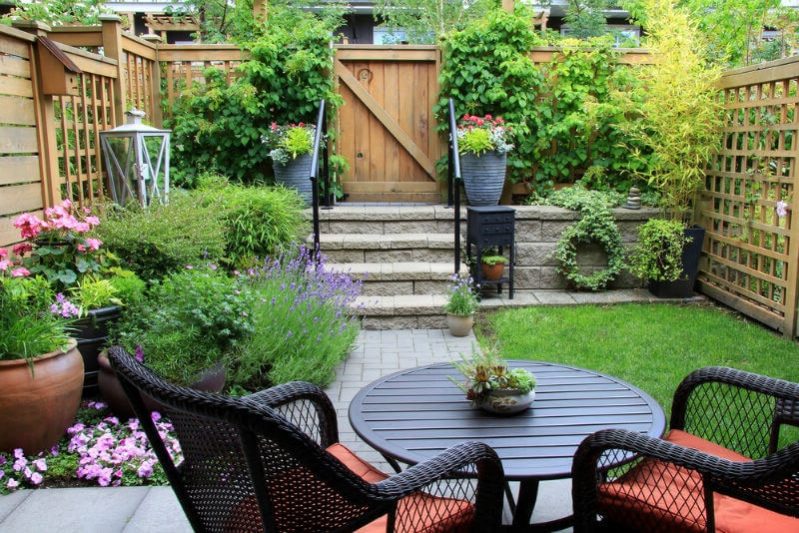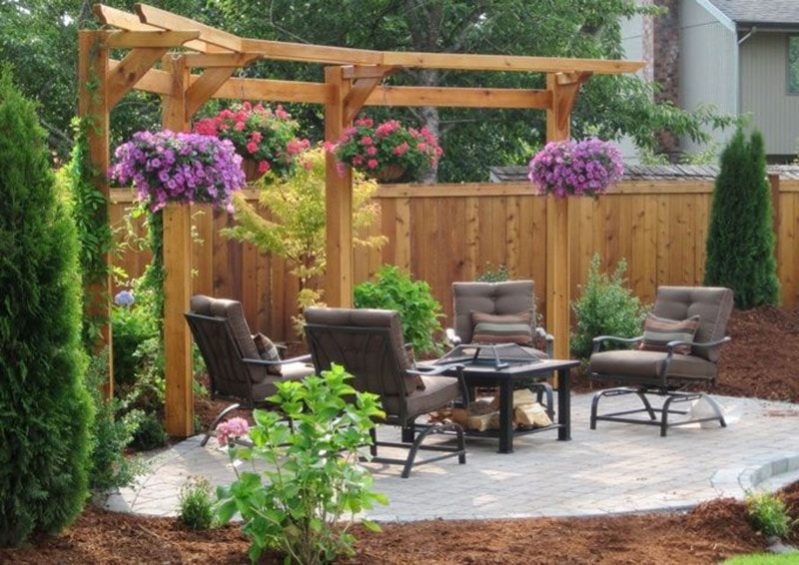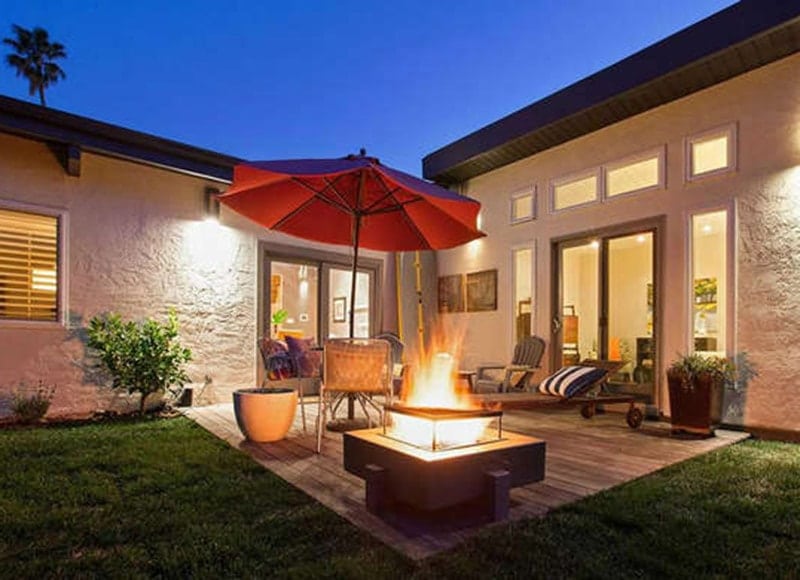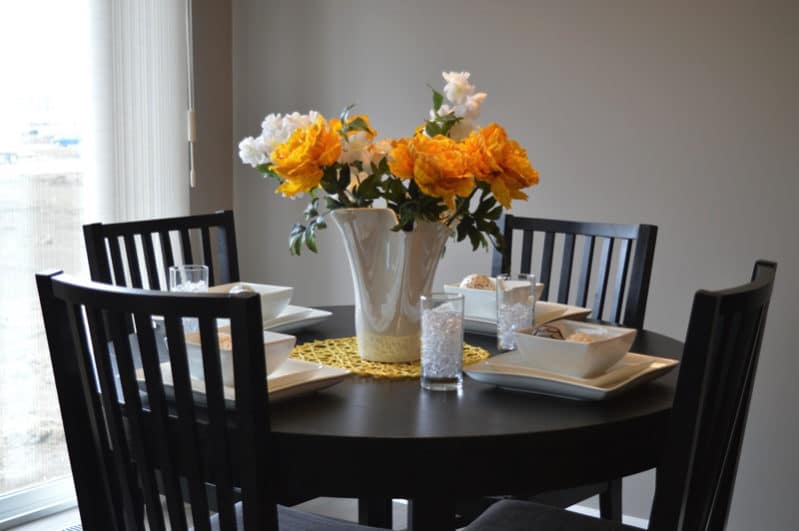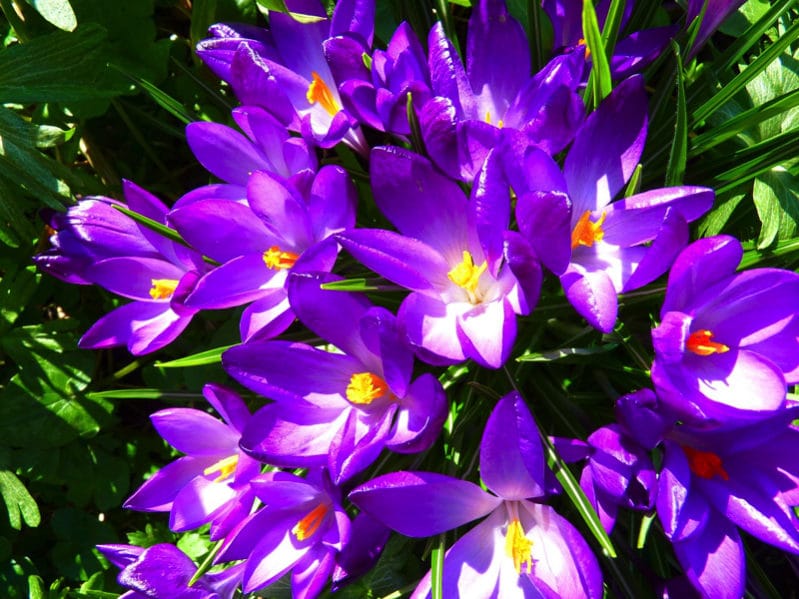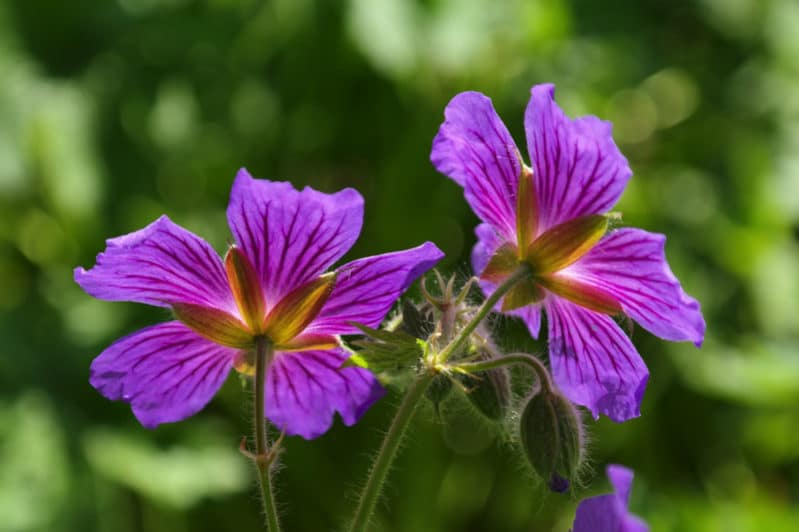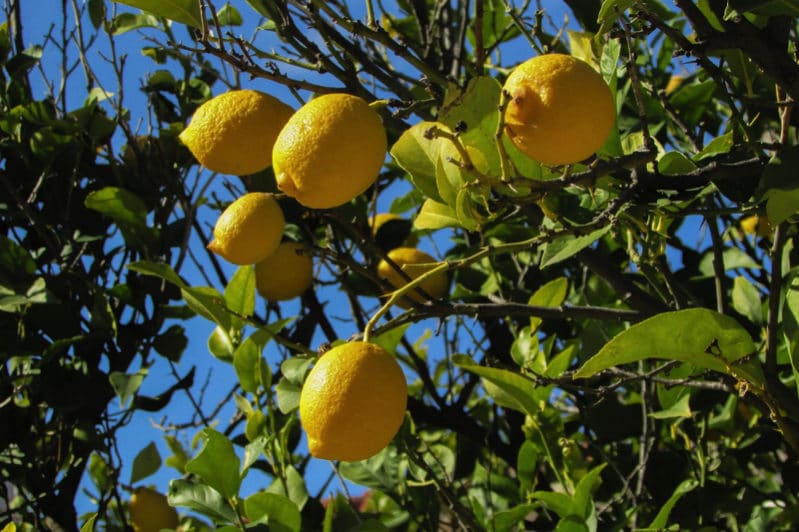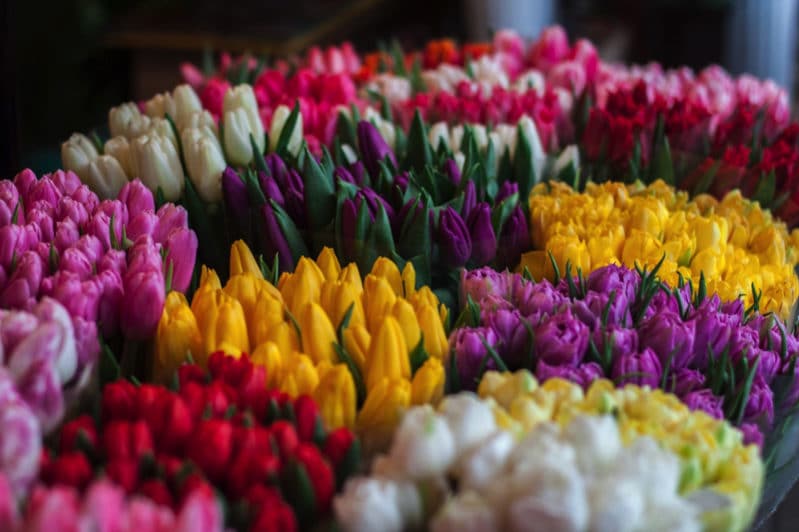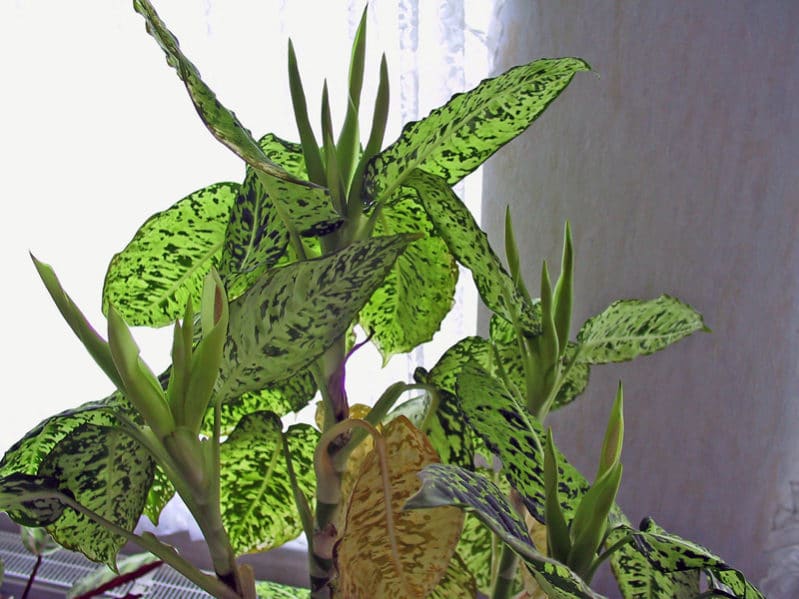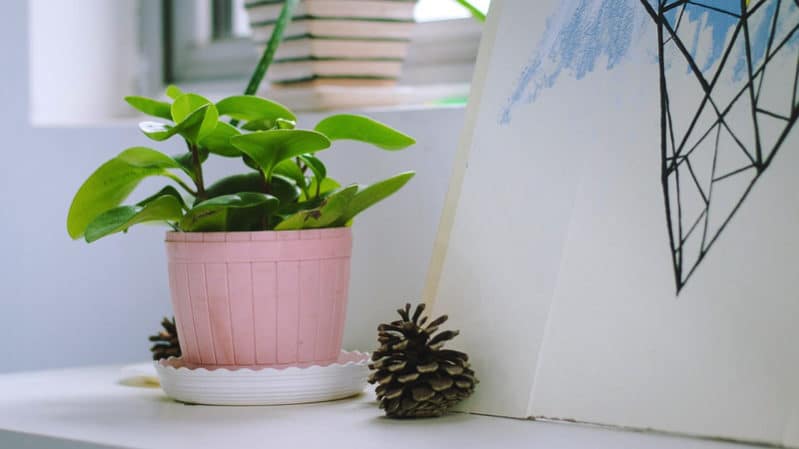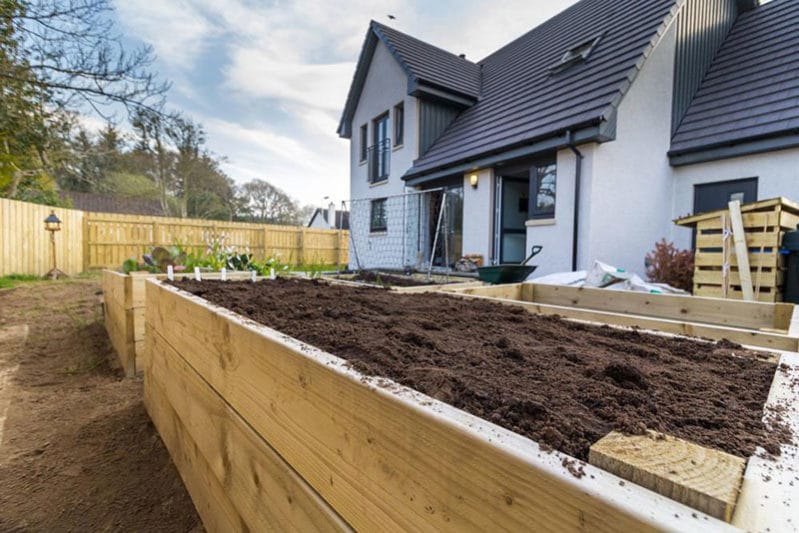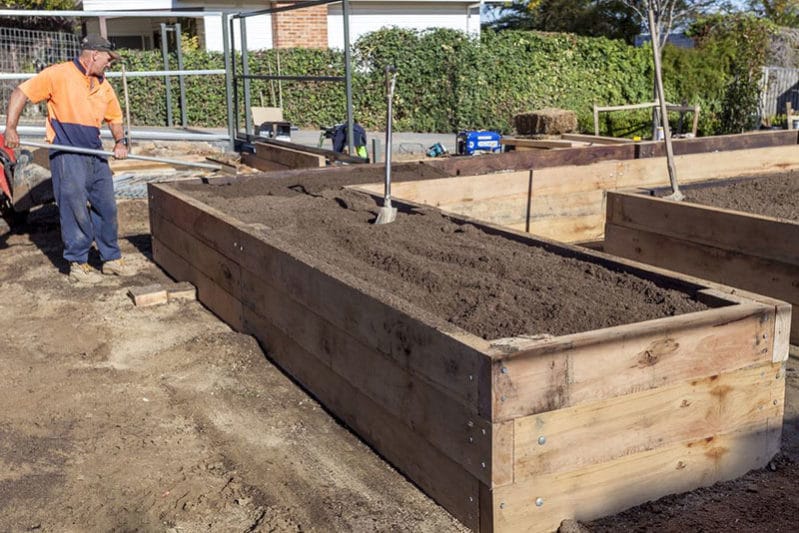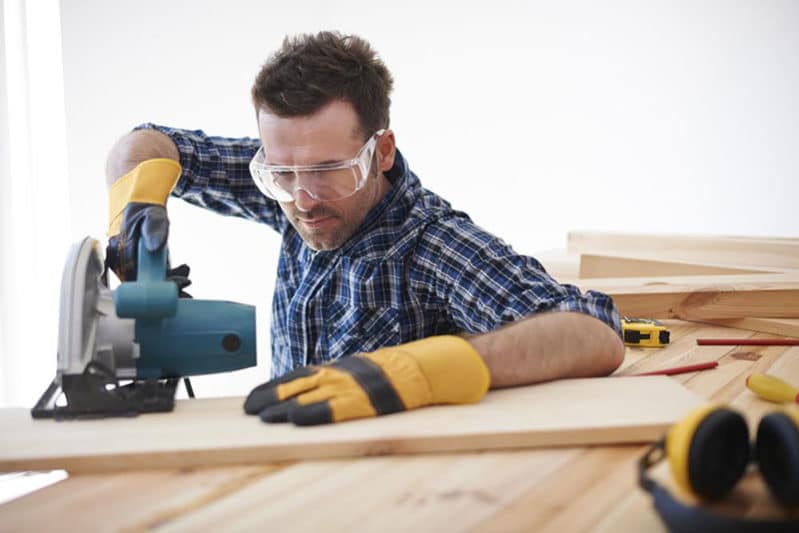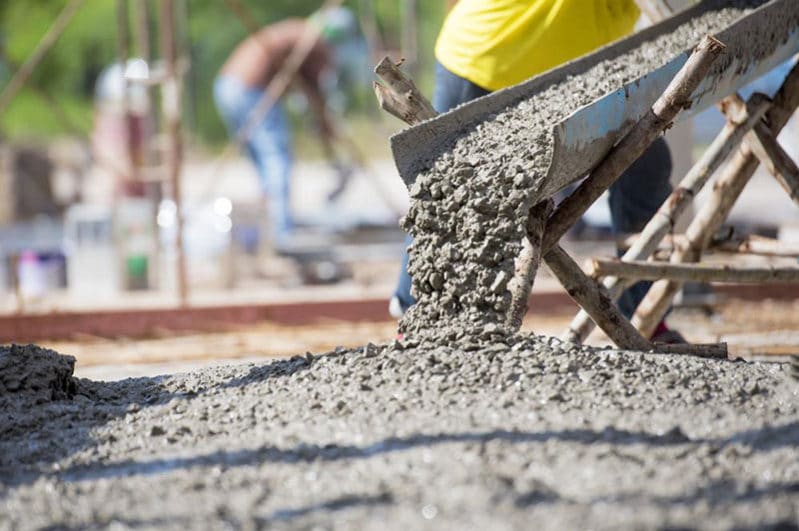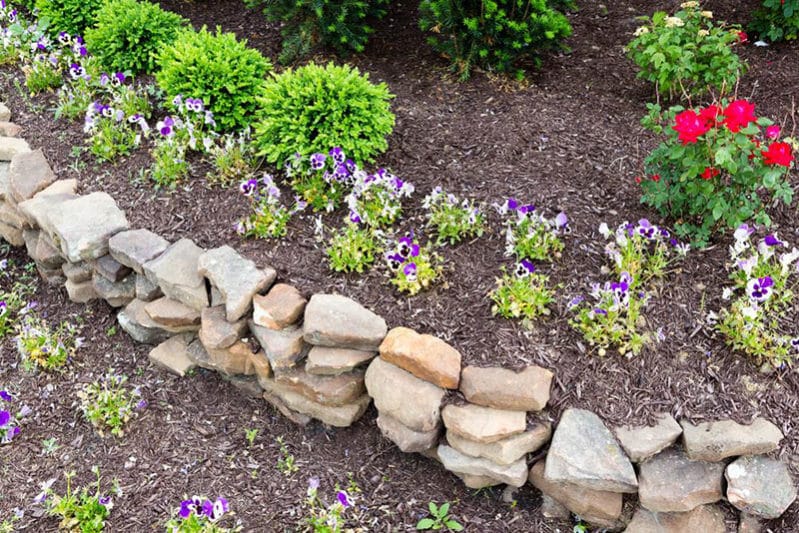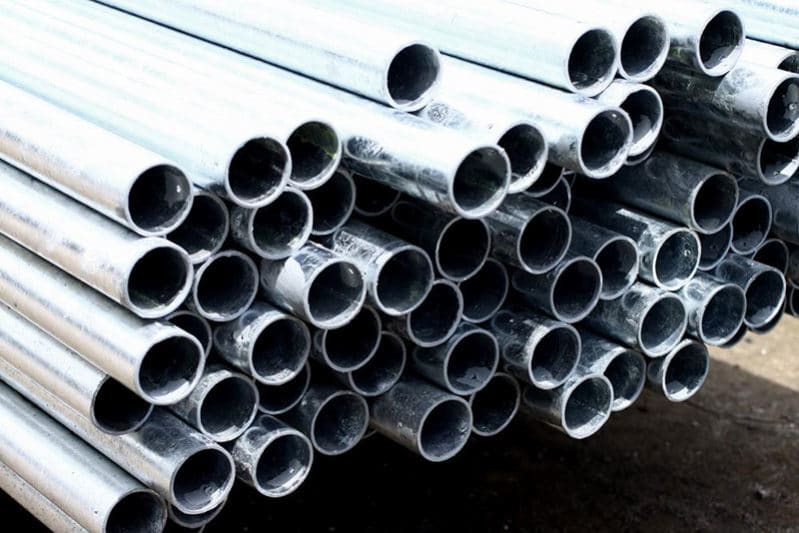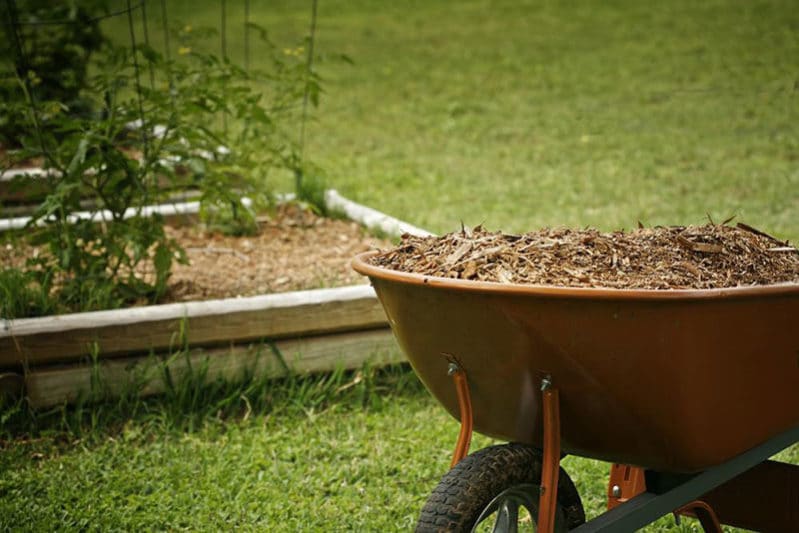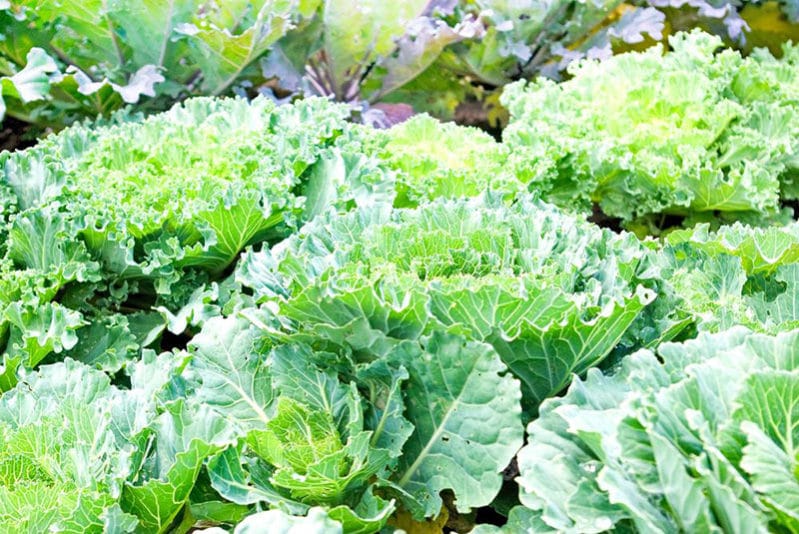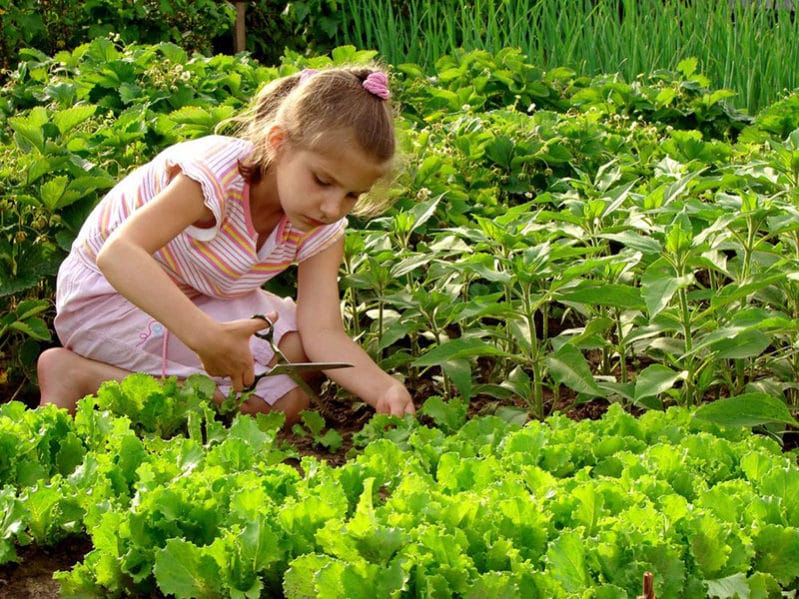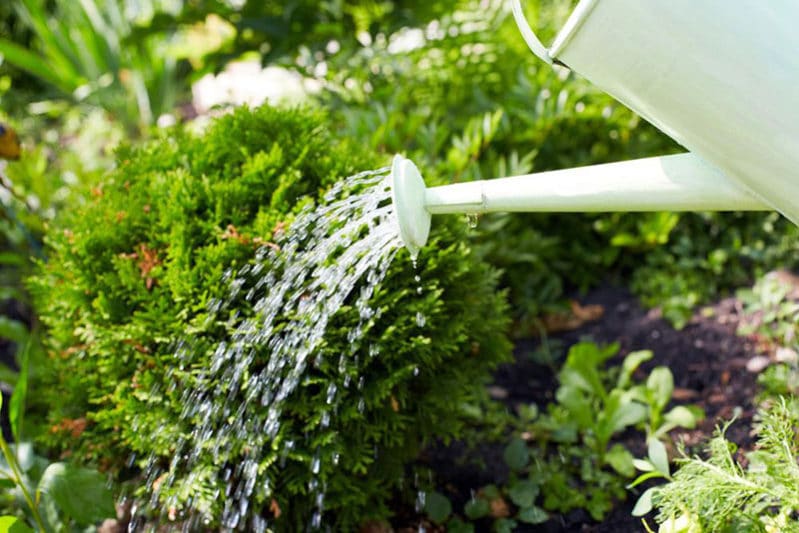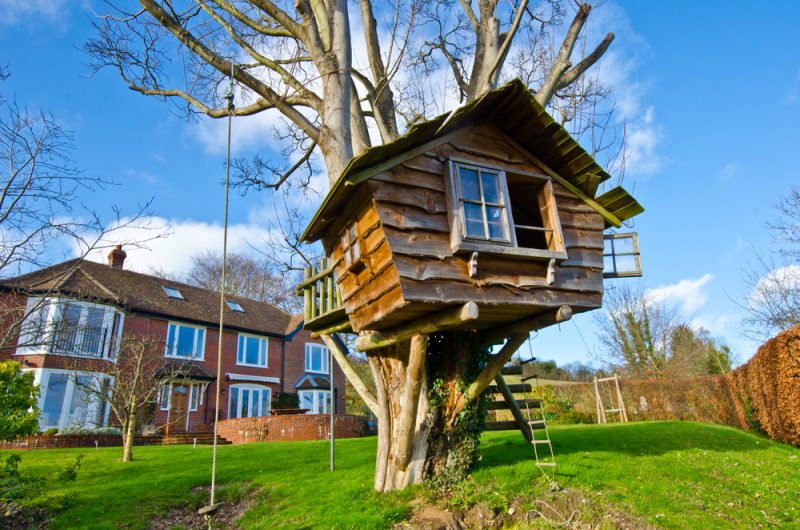 Backyard kids playing areas are not a very common sight anymore. Who remembers back to being a kid and having a big back yard to play in? If you do, you’re one of the fortunate few.
Backyard kids playing areas are not a very common sight anymore. Who remembers back to being a kid and having a big back yard to play in? If you do, you’re one of the fortunate few.
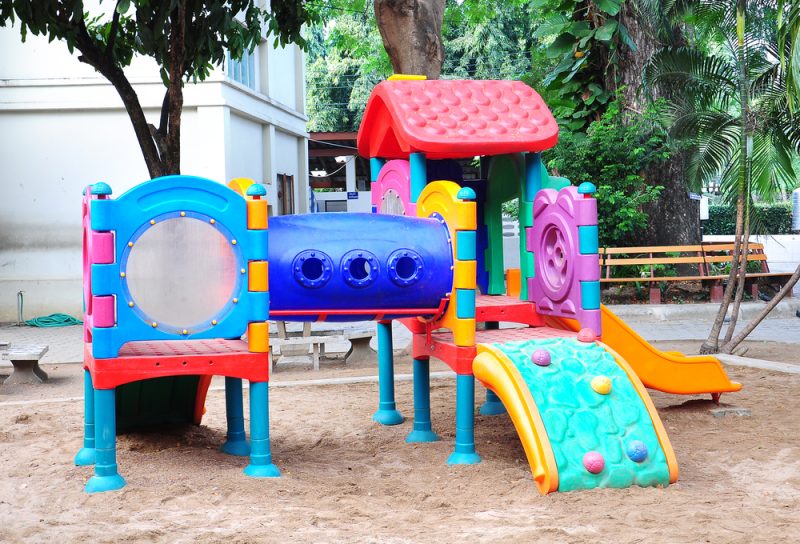 Encouraging kids to get outside and run around and exercise is great for their long-term well-being and to help develop them as all-round human beings. If there is no backyard or play area in your own home, go to a local community park and let them run around to their heart’s content there.
Encouraging kids to get outside and run around and exercise is great for their long-term well-being and to help develop them as all-round human beings. If there is no backyard or play area in your own home, go to a local community park and let them run around to their heart’s content there.

This inflatable shipwreck and octopus give kids lots of fun and enjoyment.
These types of playthings are great at kids parties, and yes, you do need some extra space for them, but with a band of young children eager and keen to explore, your child’s party will be a great success.
 This is a simple playground offering a sandpit, a seesaw, swings and a slide in a safe environment
This is a simple playground offering a sandpit, a seesaw, swings and a slide in a safe environment
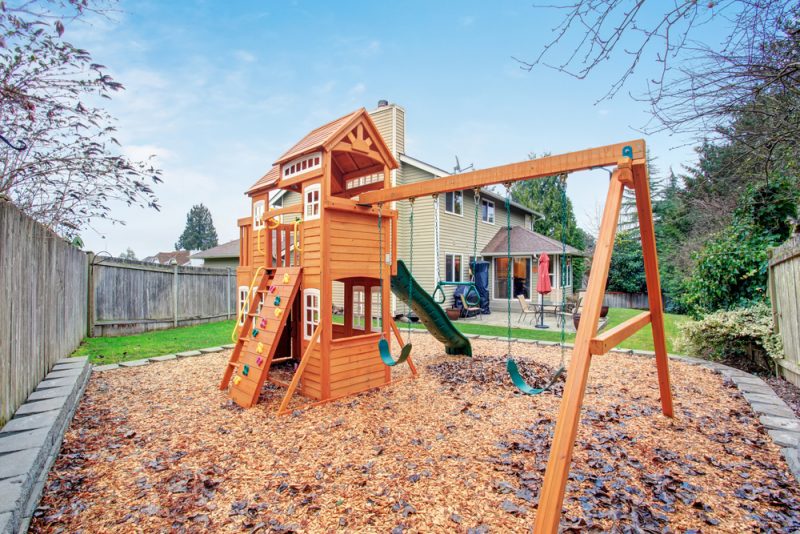 This luxury back yard play area is a well-constructed timber playhouse with climbing wall and two swings at the rear of a luxury home. This will keep a couple of kids entertained for hours
This luxury back yard play area is a well-constructed timber playhouse with climbing wall and two swings at the rear of a luxury home. This will keep a couple of kids entertained for hours
 A modern playground in a public park offering a playhouse, slides, a climbing wall, and a couple of swings.
A modern playground in a public park offering a playhouse, slides, a climbing wall, and a couple of swings.
 Another well-equipped piece of outdoor playground equipment for children with playhouse with a full range of kids play activities included
Another well-equipped piece of outdoor playground equipment for children with playhouse with a full range of kids play activities included
 An inflatable clamber toy complete with basketball hoop
An inflatable clamber toy complete with basketball hoop
 There’s nothing quite like an old tire tied around a solid tree branch. Here you can have hours of fun.
There’s nothing quite like an old tire tied around a solid tree branch. Here you can have hours of fun.
 Children’s playground at the public park.
Children’s playground at the public park.
 Home-based fixed kids outdoor play equipment playground area alongside the landscaped rear yard
Home-based fixed kids outdoor play equipment playground area alongside the landscaped rear yard
 Large wooden play hut and playground for kids at a private home, set on an expanse of lawn.
Large wooden play hut and playground for kids at a private home, set on an expanse of lawn.
 Kids playground area with trampoline, swing, slide and climbing house set in a fenced private backyard
Kids playground area with trampoline, swing, slide and climbing house set in a fenced private backyard
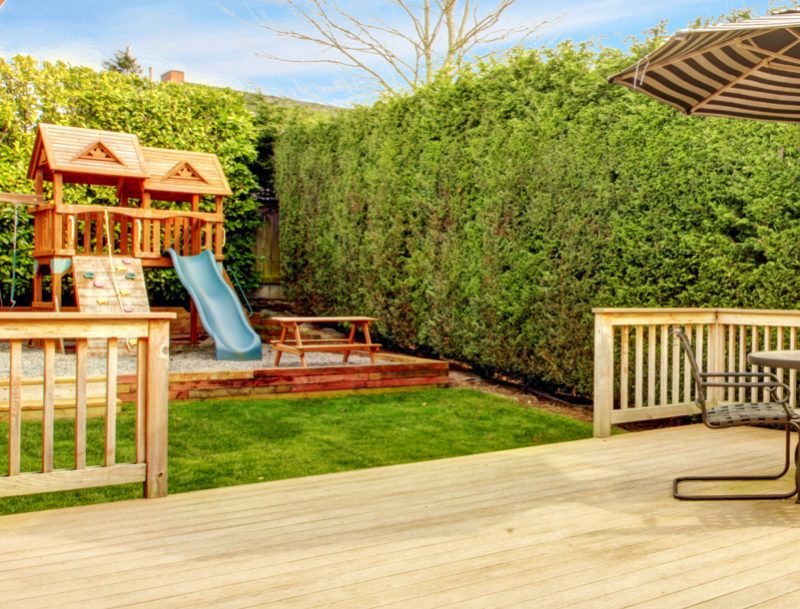 Backyard children’s playground equipment including slide, climbing rope, swing, and hut
Backyard children’s playground equipment including slide, climbing rope, swing, and hut
 Kids playground in modern Australian backyard
Kids playground in modern Australian backyard
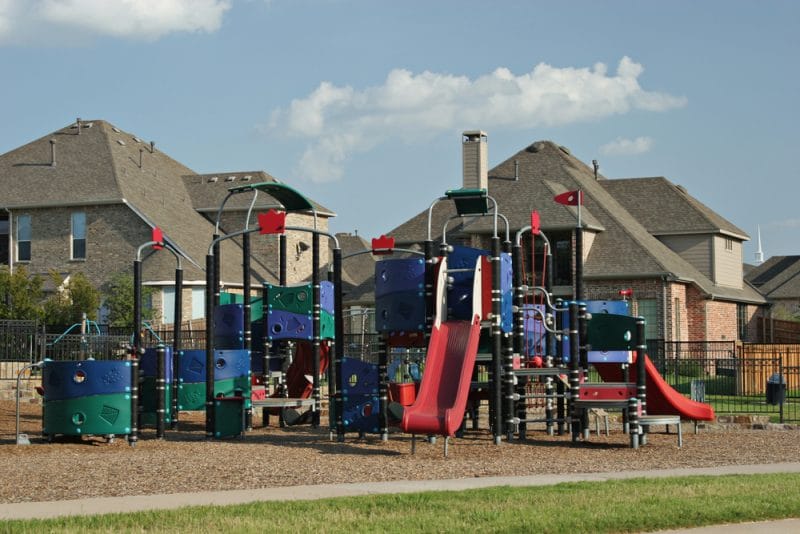 Large-scale neighborhood playground
Large-scale neighborhood playground
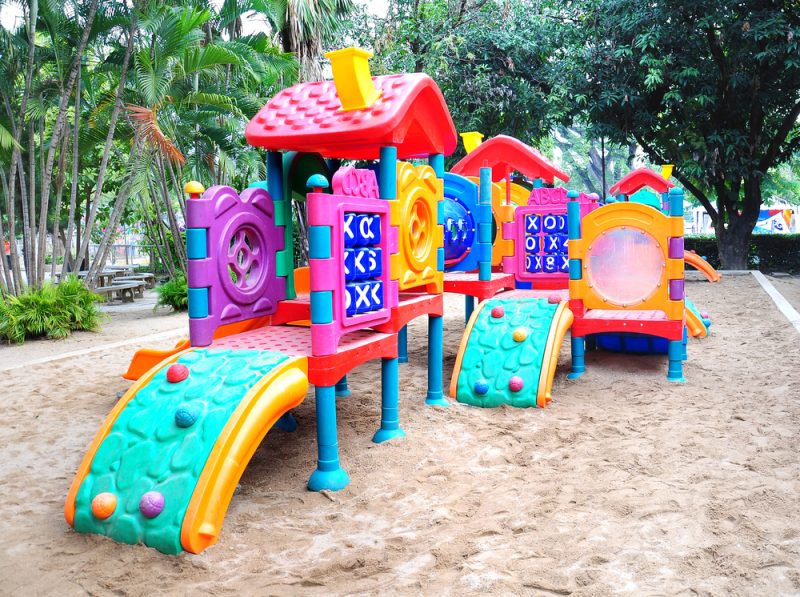 Big bright and bold plastic kids colorful public playground.
Big bright and bold plastic kids colorful public playground.
